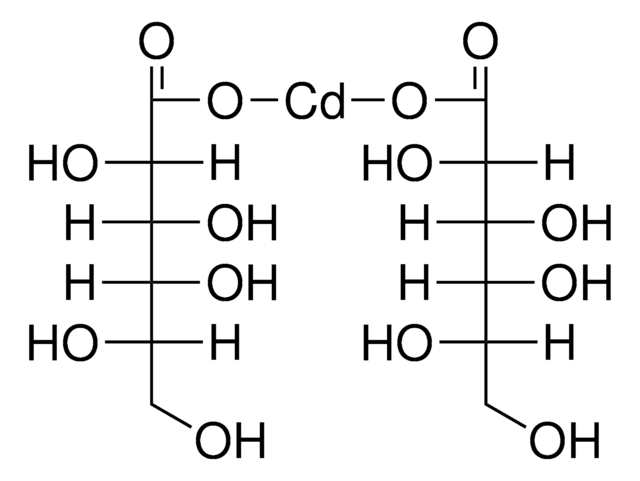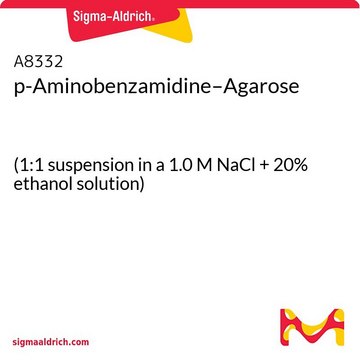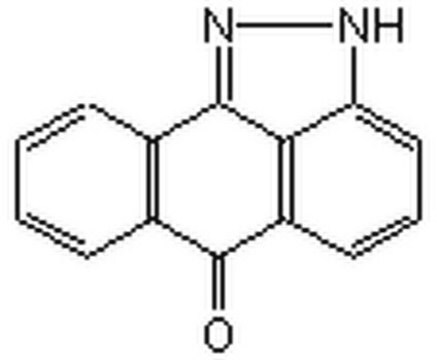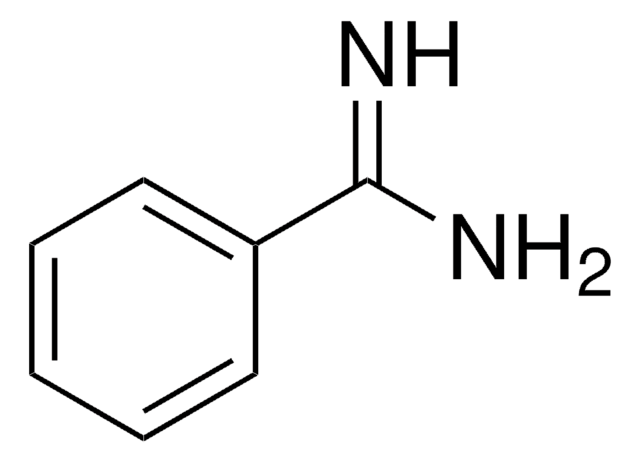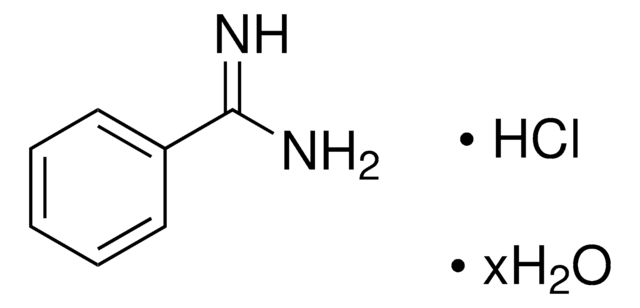SML0264
AEG 3482
≥98% (HPLC)
Sinónimos:
6-Phenyl-imidazo[2,1-b]-1,3,4-thiadiazole-2-sulfonamide
About This Item
Productos recomendados
Nivel de calidad
Ensayo
≥98% (HPLC)
Formulario
powder
color
faintly yellow to dark yellow
solubilidad
DMSO: ≥15 mg/mL
temp. de almacenamiento
2-8°C
cadena SMILES
NS(=O)(=O)c1nn2cc(nc2s1)-c3ccccc3
InChI
1S/C10H8N4O2S2/c11-18(15,16)10-13-14-6-8(12-9(14)17-10)7-4-2-1-3-5-7/h1-6H,(H2,11,15,16)
Clave InChI
MQUYTXDAVCOCMX-UHFFFAOYSA-N
Acciones bioquímicas o fisiológicas
Características y beneficios
Palabra de señalización
Warning
Frases de peligro
Consejos de prudencia
Clasificaciones de peligro
Acute Tox. 4 Oral
Código de clase de almacenamiento
11 - Combustible Solids
Clase de riesgo para el agua (WGK)
WGK 3
Punto de inflamabilidad (°F)
Not applicable
Punto de inflamabilidad (°C)
Not applicable
Elija entre una de las versiones más recientes:
Certificados de análisis (COA)
¿No ve la versión correcta?
Si necesita una versión concreta, puede buscar un certificado específico por el número de lote.
¿Ya tiene este producto?
Encuentre la documentación para los productos que ha comprado recientemente en la Biblioteca de documentos.
Artículos
The mitogen-activated protein kinase (MAPK) family consists of both stress activated (SAPK) and mitogen-activated (MAPK) protein kinases. They form a network of signal transduction cascades that mediate cellular responses to a diverse range of stimuli, including growth factors, chemical or osmotic stress, irradiation, bacterial infection and proinflammatory cytokines.
Nuestro equipo de científicos tiene experiencia en todas las áreas de investigación: Ciencias de la vida, Ciencia de los materiales, Síntesis química, Cromatografía, Analítica y muchas otras.
Póngase en contacto con el Servicio técnico